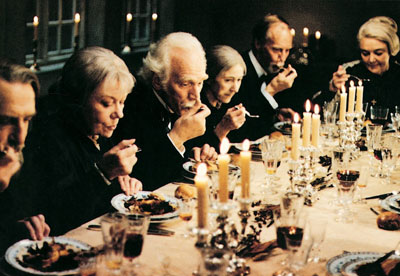
The information presented here is excerpted from the above book. Marion Nestle is Paulette Goddard Professor in the Department of Nutrition, Food Studies, and Public Health at New York University and author of several food related books
1. Food is an enormous business that generates well over $1 trillion in annual sales in the United States alone. Food must be produced, processed, distributed, and prepared before it is eaten, each of these steps conducted by companies with special interests in what the government and nutritionists say about food choice
The food industry is vast. It encompasses everyone who owns or works in agriculture (animal and plant), product manufacture, restaurants, institutional food service, retail stores, and factories that make farm machines and fertilizers, as well as people engaged in the transportation, storage, and insurance businesses that support such enterprises
2. Problem is not production but distribution







 Ninth Sunday after Pentecost, July 21
Ninth Sunday after Pentecost, July 21